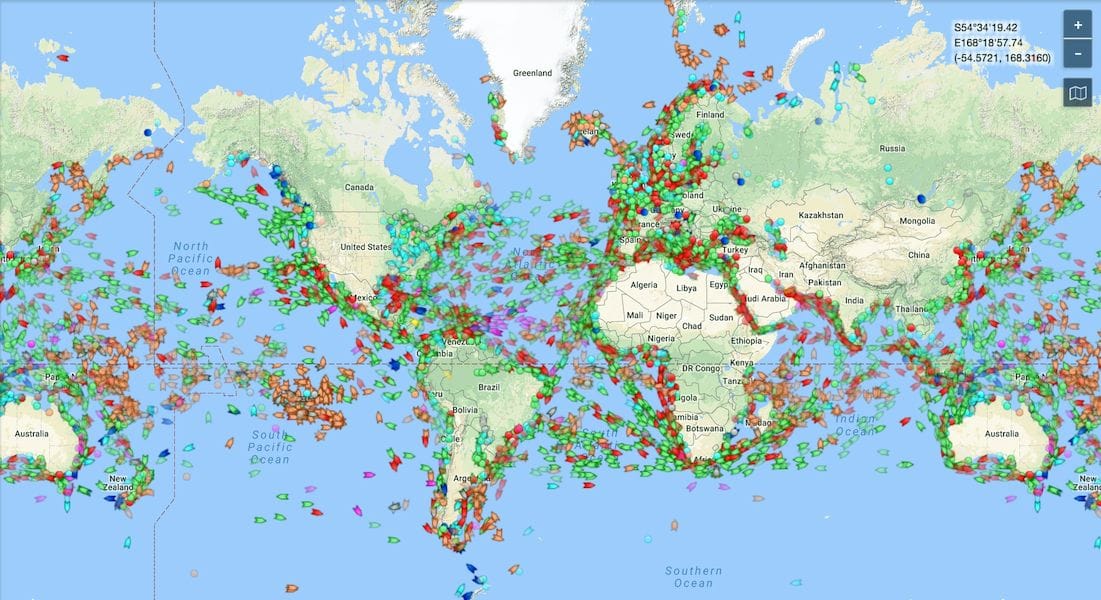
Denmark-based Create It Real has a new gig: maritime 3D printing.
The company made its name by developing a very powerful controller board for real-time 3D printing operations. This board has been incorporated into several vendor models and permits the devices to accurately 3D print at far higher speeds due to the board’s ability to handle rapid motion changes more quickly.
That’s one way to use that extra power, but there’s another that Create It Real has been exploring: encryption.
One of the persistent issues in 3D printing is the control of the content. The most popular format for exchange of 3D models is currently the aging STL protocol, but among its countless issues is that it is a complete representation of the model that can be intercepted and copied.
This has led to designers avoiding public exposure of STL files, and increasing use of streaming of mostly unintelligible GCODE rather than the eminently more copiable STL.
But there’s sometimes problems with streaming, too. 3D printing is a real-time operation that cannot be interrupted, or the print will be spoiled. Imagine a blistering hot nozzle pausing in place momentarily while awaiting the queuing up of the next instructions. That won’t be good.
And it can be even worse because in order to further protect the content, the streams are sometimes encrypted. This means that the receiving 3D printer must ALSO decrypt the stream faster than the printer is operating. And we want to run the 3D printer at the fastest possible speed, too, don’t we?
This is where Create It Real comes into the picture. Their ultra-fast controller board IS able to easily decrypt the incoming GCODE streams at a rate that can support fast 3D print operations.
This is all fine, but where could this be implemented? It seems that the company has found a powerful niche to give it a test. They’ve partnered with the Green Ship of the Future consortium to pilot the idea of shipboard 3D printing.
The notion of shipboard 3D printing is becoming more attractive to vendors, having come up in our recent conversation with Stratasys’ Andy Middleton.
It’s important because ships at sea must today carry expensive inventories of spare parts, else they may become disabled and require rescue. This puts their expensive cargo, and its delivery schedule at risk. While a should could limp into the nearest port for repairs, this is not always possible due to the nature of the cargoes and legal issues.
Thus it might be a good idea if the ship could produce its own spare parts. But there’s yet another challenge: the part designs are held by their respective owners and they don’t want to release them to the shipowners. This means the ships are mostly constrained to secure streaming 3D prints.
And that creates an opening for Create It Real’s high powered 3D printer processing board.
This experiment will require the cooperation of a number of different parties, some of whom have likely never worked with each other. They would include the ship & crew, shipowner, parts supplier, 3D printer manufacturer, Create It Real and others.

If they can figure out how to make this work, there is a vast market of large-scale ships that could potentially be outfitted with onboard 3D printers. As you can see in this screenshot from MaritimeTraffic, there are countless ships at sea at any moment, and any number of them may require spare parts at any time.
I find it interesting how the creation of a new resource, in this case high-speed processing, can be leveraged in new and unexpected ways. What other functions can high-speed 3D print processing accomplish?
Via Create It Real

